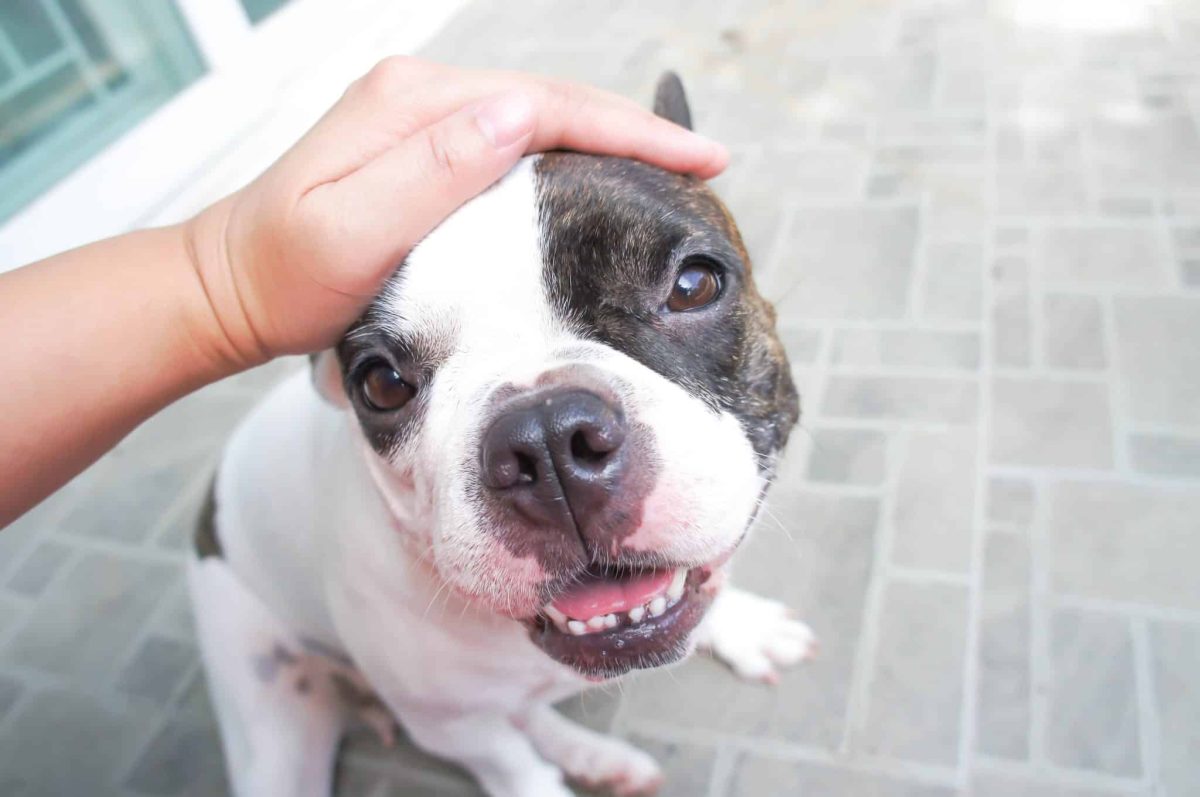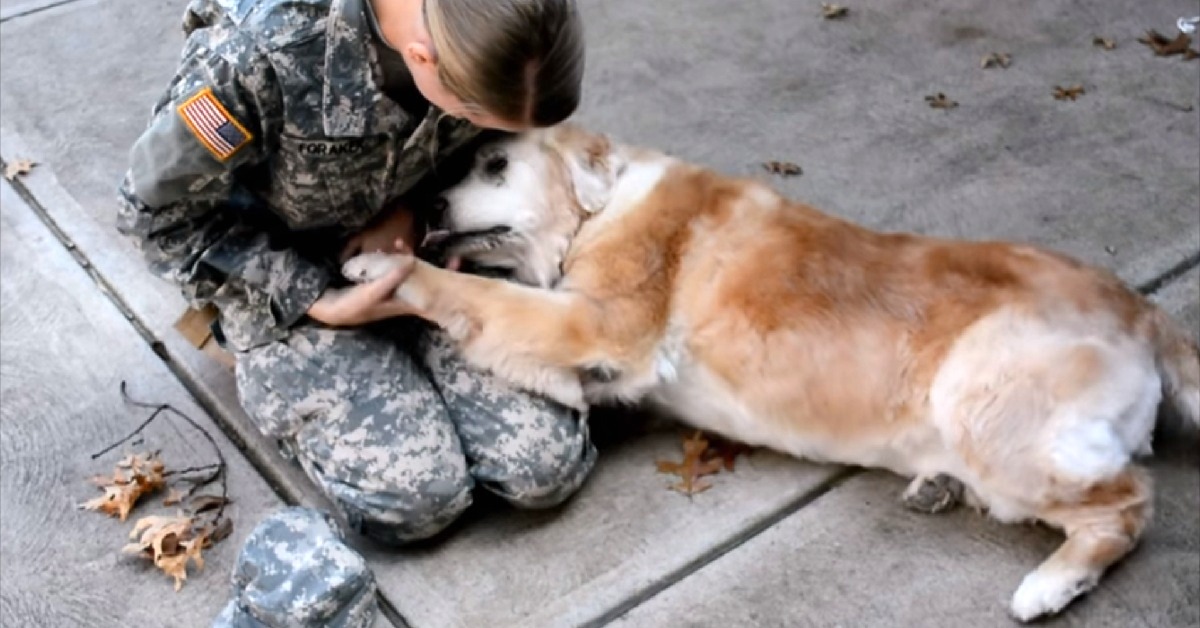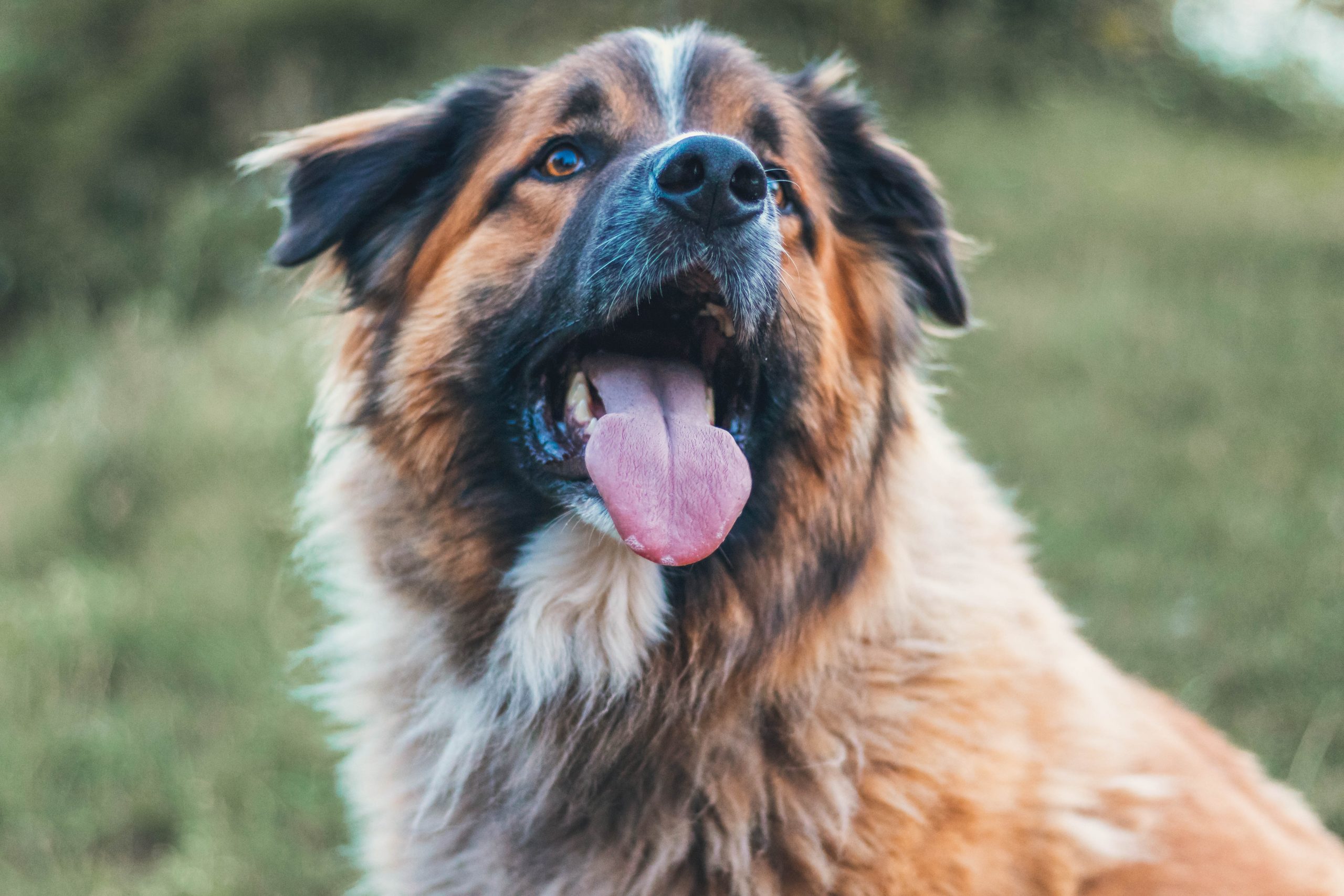 Shutterstock
Shutterstock
Some dogs do more than fetch toys and wag their tails—they quietly observe, learn patterns, and analyze your every move like furry little detectives. They often surprise us with just how much they seem to understand. Even without words, they’ve developed their way of keeping up with your routines, moods, and habits. If you’ve ever caught your dog doing something suspiciously clever or perfectly timed, these subtle clues might confirm what you’ve always suspected—they know exactly what’s happening. Yes, they’re definitely onto you.
Emotion Sync
 Shutterstock
Shutterstock
Dogs often mirror your emotional state with surprising accuracy. If you’re sad, they become quiet and clingy; if you’re happy, they bounce around like furry cheerleaders. They pick up on tone, posture, and scent changes tied to stress or excitement. This kind of awareness shows a deep emotional connection and understanding.
Word Recognition
 Shutterstock
Shutterstock
Say “walk,” “treat,” or “outside,” and many dogs respond instantly. Their reactions aren’t just to tone but to the actual word. Some dogs learn dozens of words through consistent use and emotional association. They understand more vocabulary than we think.
Gesture Response
 Shutterstock
Shutterstock
Dogs respond quickly to pointing, nodding, or subtle movements. They follow where you look or indicate without needing a spoken command. This shows they can read body language with impressive precision. Their ability to interpret these gestures proves they’re excellent visual learners.
Routine Awareness
 Shutterstock
Shutterstock
Most dogs know your routine better than your calendar app. They recognize cues like shoe choices, alarm sounds, or even when you brush your teeth. These moments signal what’s coming next in their world—walk, food, nap, or car ride. They build strong associations through repetition and memory.
 Shutterstock
Shutterstock
Your dog acts differently around different people for a reason. They may warm up to calm individuals or avoid loud ones based on social cues. Dogs sense tone, body language, and smell to judge comfort levels. It’s social intuition in action.
Name Awareness
 Shutterstock
Shutterstock
Mention your dog’s name mid-conversation and their ears shoot up. They know their name is involved even if you’re not talking to them. This recognition goes beyond simple recall, showing they pay attention to context. They know when they’re the center of the conversation.
Departure Detection
 Shutterstock
Shutterstock
Packing a suitcase or grabbing certain bags can make your dog panic. They sense when a short outing becomes a long trip. Subtle changes in your behavior tip them off before you ever say goodbye. This anticipatory reaction shows sharp pattern recognition.
Facial Reading
 Shutterstock
Shutterstock
Dogs read faces like open books. Smile at them, and they may approach wagging, frowning, and they often back off or stare with concern. They interpret emotional expressions just like humans do. That sensitivity makes them remarkable companions in both joy and sorrow.
Jealousy Signals
 Shutterstock
Shutterstock
Pet another dog or focus your attention elsewhere, and your pup reacts. They may push between you or try to get your focus back. Jealousy in dogs reflects emotional complexity and self-awareness. They’re very aware of where your affection is going.
Comfort Instinct
 Shutterstock
Shutterstock
Dogs often offer comfort when you need it most. They’ll nuzzle, sit close, or stay nearby during tough times. This isn’t training—it’s compassion. They respond to emotional energy and act on it with quiet support.
Rule Memory
 MidJourney
MidJourney
Without constant reminders, dogs still know the rules. They avoid forbidden furniture, wait at doorways, or sit patiently for meals. These behaviors show they’ve internalized expectations over time. It’s more than obedience—it’s understanding what matters to you.
Conversational Cues
 Shutterstock
Shutterstock
Speak in a full sentence, and many dogs still know what you mean. Tone helps, but they also pick out keywords and emotions. They follow along like silent listeners in every conversation. It’s proof they’re mentally engaged with your speech.
Sound Recognition
 MidJourney
MidJourney
Dogs instantly recognize certain sounds like treat bags, doorbells, or car engines. These sounds trigger specific behaviors because of learned outcomes. It’s not just hearing—it’s categorizing noises into meaning. Their ears may be fluffy, but they’re incredibly sharp tools.
Attention Tactics
 Shutterstock
Shutterstock
Fake limps, exaggerated yawns, or barking for no reason—dogs have strategies. These behaviors get your attention when they want something. They test reactions, adjust tactics, and sometimes outsmart you completely. It’s clever manipulation wrapped in fluff.
Energy Mirroring
 Shutterstock
Shutterstock
Your dog adjusts based on your energy. When you’re relaxed, they chill; when you’re active, they follow your lead. This syncing keeps you emotionally connected. It’s an instinctual bond that reflects mutual understanding.
The Secret Minds Behind The Fluff
 Shutterstock
Shutterstock
These dogs might act goofy or dramatic, but behind those expressive eyes is a sharp mind quietly decoding your every move. They understand your habits, emotions, and unspoken signals with a level of awareness that’s impossible to miss. Their intelligence and empathy often go far beyond what training alone can teach. They might not speak your language, but make any mistake—your dog gets it, follows your story like a silent narrator, and yes, they’re probably judging your snack choices with the seriousness of a seasoned food critic.

 1 month ago
23
1 month ago
23


















 English (US) ·
English (US) ·